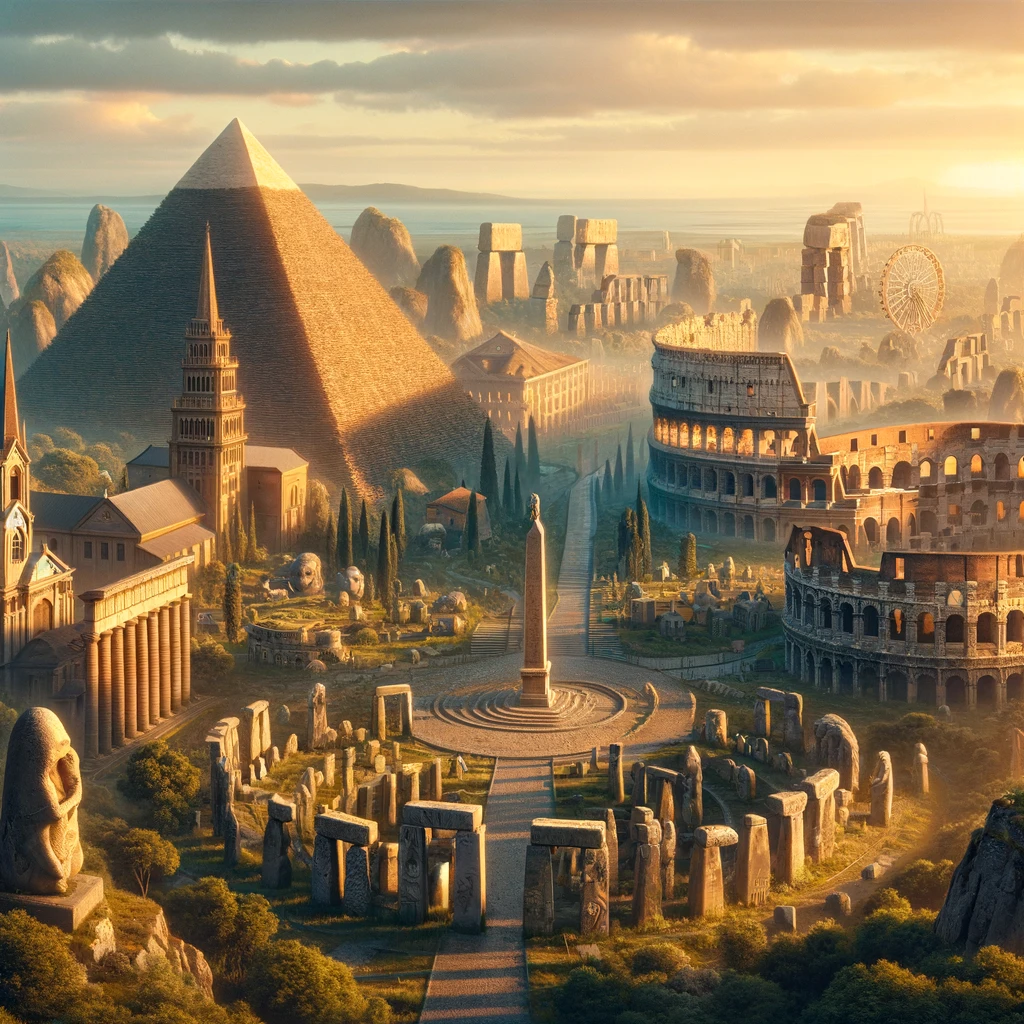Picture yourself standing in the midst of a grand hall, the air around you thick with the echoes of the past. The stories embedded in the walls, the legacy of the ages, whisper to you, inviting you to uncover the tales of yore. Historic venues are not merely locations; they are the keepers of history, each stone and beam a testament to the lives and events that have shaped our world. Let’s embark on a captivating journey through time, exploring some of the globe’s most enchanting historic venues. Through these venerable halls, you’ll connect with the past in a way that transforms your understanding of history and deepens your appreciation for the architectural marvels that have stood the test of time.
The Soul of History: Why Historic Venues Captivate Us
Historic venues are time machines, gateways that transport us back to moments that have defined human civilization. They captivate us not just through their architectural grandeur but through the stories they preserve—of triumphs and tragedies, love and betrayal, peace and conflict. Engaging with these places allows us to touch the past, to feel the weight of history in the air, and to understand the complexities of human experience across the ages.
A Testament to Time
Each historic venue, from the ancient theaters of Greece to the gothic cathedrals of Europe, is a testament to the ingenuity and artistry of those who came before us. They represent the pinnacle of what was achievable in their time, often pushing the boundaries of architectural design and construction techniques.
Keepers of Stories
Beyond their architectural significance, these venues are keepers of stories. They have witnessed the unfolding of historical events—battles fought, treaties signed, kings and queens crowned. They are silent witnesses to the lives of both the influential and the ordinary, holding within their walls the essence of the human experience.
Exploring the World’s Historic Venues
As we journey through the annals of history, let us visit a variety of venues that offer a glimpse into different eras and cultures. From the ancient ruins that pepper the Mediterranean landscape to the majestic palaces that dot the continents, each venue provides a unique story and a distinctive architectural style that reflects the period and people it represents.
The Acropolis, Athens, Greece
Perched atop a rocky outcrop above Athens, the Acropolis stands as a monument to the brilliance of ancient Greek civilization. Its temples, including the iconic Parthenon, are enduring symbols of the city’s former glory and its significant contribution to the arts, philosophy, and politics.
The Forbidden City, Beijing, China
The Forbidden City, with its expansive courtyards and intricate palaces, served as the imperial palace of China for over five centuries. It is a masterful representation of Chinese palatial architecture and a profound testament to the cultural and historical legacy of the Chinese empire.
The Alhambra, Granada, Spain
The Alhambra is a stunning example of Moorish architecture, with its intricate tilework and ornate gardens offering a window into the Islamic Golden Age in Spain. This fortress-palace complex tells a story of conquest and coexistence, reflecting the rich tapestry of Spanish history.
Preserving Our Heritage: The Importance of Historic Venues
The preservation of historic venues is crucial for understanding our past and shaping our future. These sites are tangible links to bygone eras, offering invaluable insights into the architectural, cultural, and social dynamics that have influenced modern civilization. Preserving them is not just about maintaining buildings; it’s about safeguarding the legacy and lessons of history for future generations.
Challenges and Solutions
Preservation efforts face numerous challenges, from environmental degradation to urban development pressures. However, through innovative conservation techniques and the support of local and global communities, we can overcome these obstacles. Initiatives like UNESCO’s World Heritage Sites are pivotal in raising awareness and securing the resources needed for preservation.
FAQs on Historic Venues
What makes a venue “historic”?
A venue is deemed historic if it holds significant value from an architectural, cultural, or historical perspective, often marked by its age, uniqueness, and impact on history.
Can historic venues be used for modern purposes?
Yes, many historic venues are adapted for modern use while preserving their historical integrity. This can include serving as museums, event spaces, or educational centers, allowing them to remain vibrant parts of the community.
How can I contribute to the preservation of historic venues?
Support can range from visiting these sites (which often contributes to their maintenance) to donating to preservation organizations or participating in advocacy and awareness campaigns.
In the dance of time, historic venues are the stages upon which the human saga unfolds. They are the repositories of our collective memories, architectural marvels that speak of the past yet resonate in the present. As we wander through these ancient halls and gaze upon these weathered stones, we are reminded of the endurance of the human spirit and the timeless quest for beauty and understanding.
Let this journey inspire you to explore the historic venues that lie in your backyard or across the seas. Each visit, each moment spent in contemplation of the past, is a step closer to grasping the breadth of human history and the depth of our shared heritage. In preserving and honoring these sites, we keep the flame of the past alive, illuminating the path for future generations to come.
So, I beckon you: venture forth into the echoes of history. Engage with the stories of those who walked before us. Let their wisdom, their triumphs, and their follies guide your exploration of our world’s most enchanting historic venues. May your travels enrich your understanding of the past and inspire a profound appreciation for the legacy we are all a part of.

